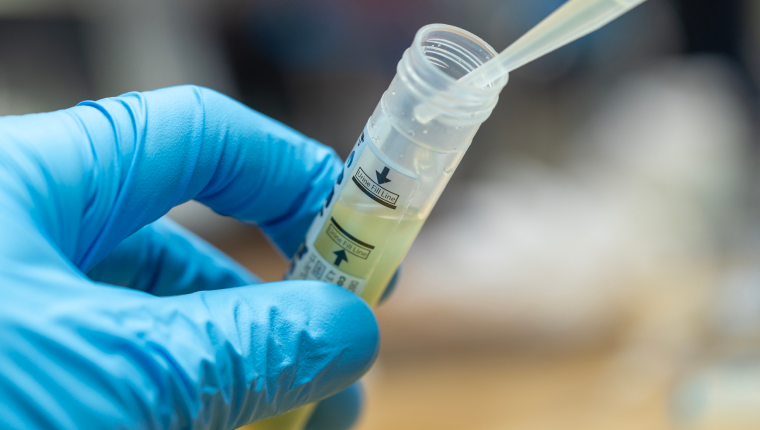Screening can provide earlier detection of prostate cancer which could provide the opportunity for more treatment options and better survival odds in some men, but there are also potential risks associated with screening, diagnosis and treatment that should be considered. Possible risks may include false positive results, overdiagnosis of prostate cancer and potential complications from prostate cancer treatment. Detection and treatment of a slow-growing prostate cancer that may have never caused symptoms in the patient’s lifetime can result in complications from the treatment, but no benefit, referred to as overdiagnosis.¹
Patient Service Centers









